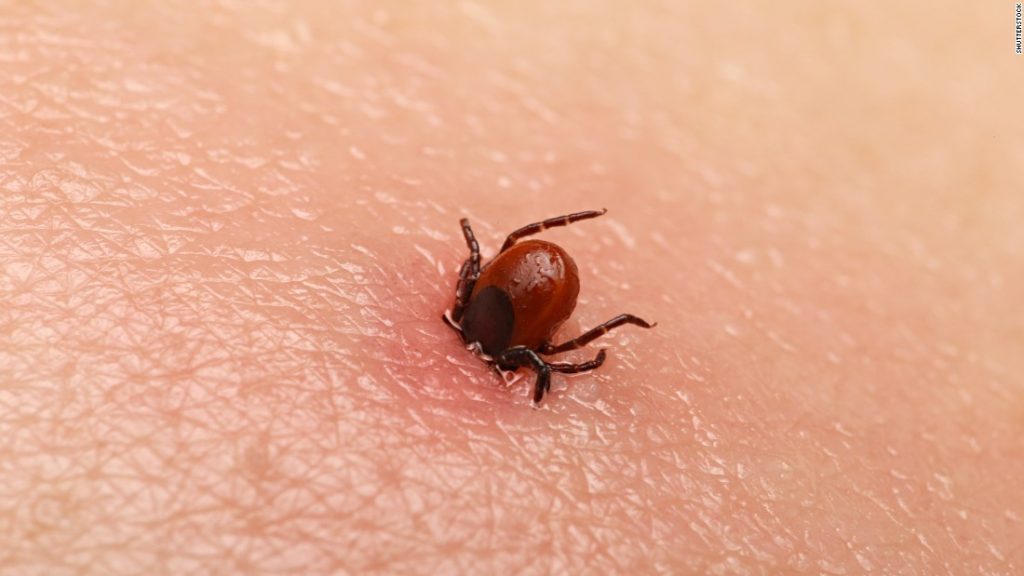Your happy home is a haven of comfort and security, and as a homeowner, you have probably worked hard to maintain its upkeep and improve its value and appearance. Homeowners insurance protects you from everyday mishaps and accidents, and you have probably taken steps to make your home secure as well. However, this kind of protection does not guard against the tiny invaders that can encroach on your home and make life miserable. From fleas to lice to bedbugs, these pests can take over quickly, so learning to identify each specifies can be key in their eradication.
1. Ticks
Ticks are arachnids, which make them similar in appearance to spiders. In fact, you may mistake a tick for a small spider upon first glance, but these creatures feed on blood and, unlike spiders, they attach themselves to their host and eat their fill over a period of time. There are many different species of ticks, but the most common are brown dog ticks and deer ticks.
You can identify ticks by their slow-moving bodies, as they do not jump or skitter. If you have pets and suspect a tick problem, check the insides of their ears and the base of the tail, where they most commonly attach. Most ticks are brown and no larger than the head of a pin, and you will have to remove them with tweezers or small scissors.
2. Fleas
Fleas can invade your home in a number of ways. They can hitch a ride into your yard on the bodies of rodents and stray dogs or cats, or you can pick them up at the local dog park. No matter how they enter your home, once they get in, they can be extremely difficult to exterminate. Fleas prey on both people and pets, so identifying them quickly can be important in their removal.
The easiest way to identify a flea is by the way it moves. They jump, so if you see tiny brown specks on your pets, carpet, or furniture that leap when you touch them, you most likely have a flea infestation. You should wash your pet’s bedding in very hot water and shampoo any carpeting in your home to destroy flea eggs, which can survive in the fibers for months before hatching and causing a reinfestation.
3. Head Lice
Head lice are the scourge of any public school, and infestations are common once one or two kids in the same class have them. Sharing hats, hairbrushes, and head-to-head contact can transmit these tiny insects, which feed on blood from the scalp.
Head lice are not difficult to spot. They appear as white or gray dots in the hair, usually at the base of the neck or the top of the scalp. They cannot be brushed away and can be stubborn to remove. Lice do not fly or jump, so while they cannot infest a home as quickly as fleas, you will have to treat your sheets, clothing, and furniture after using a lice-removing shampoo on those affected.
4. Bedbugs
Bedbugs typically hitch a ride into your home from another location, such as a hotel or another person’s home. You can identify them by the small red or dark stains they leave on your sheets, or you may find discarded shells as the bugs grow larger. The bugs themselves usually hide too well for you to see them.
Bedbug infestations usually require professional extermination techniques. Bug removal professionals can also provide you with pest prevention services that may help you avoid a reinfestation in the future.
Keeping your home free of blood-sucking insects can be a challenge, especially in the warmer months. However, learning how to identify these pests once they appear can help you fight and eradicate them with efficiency.
